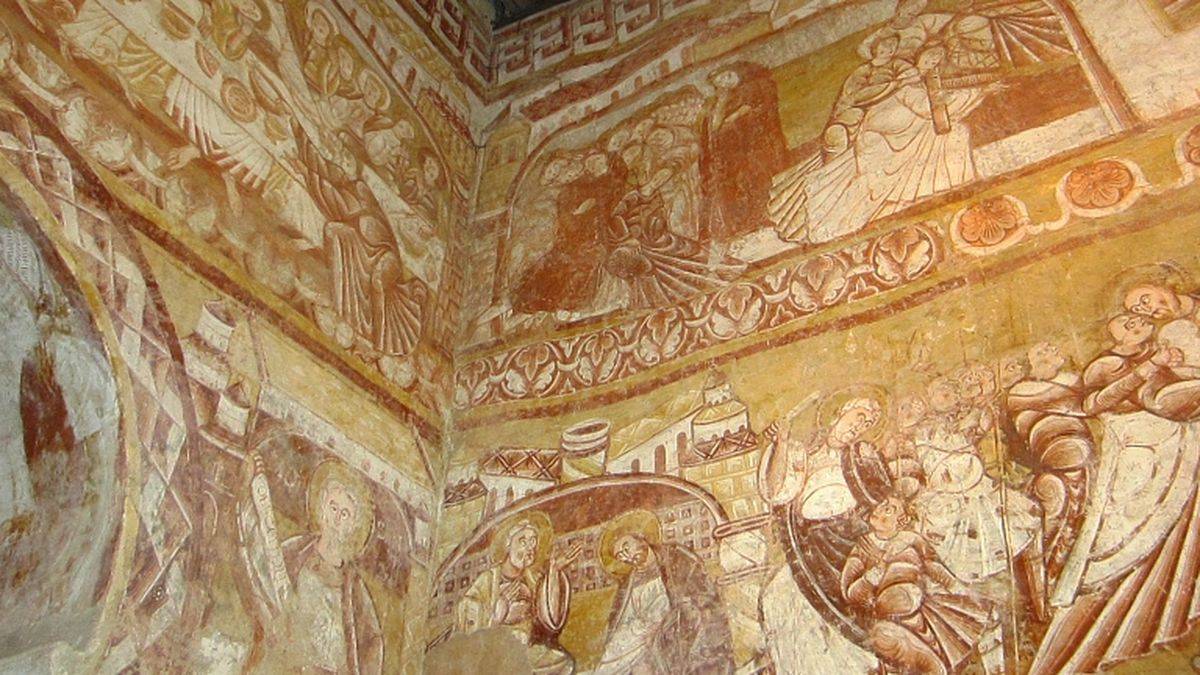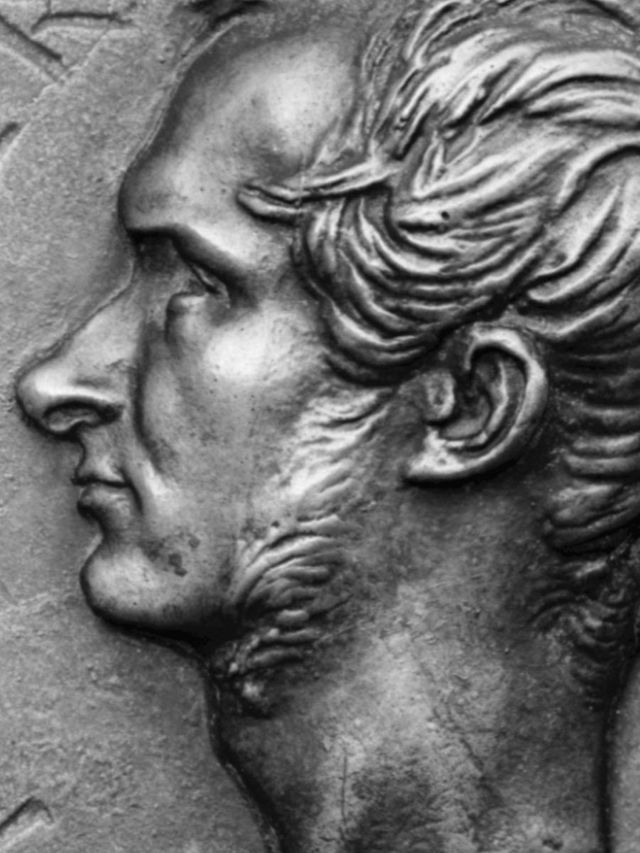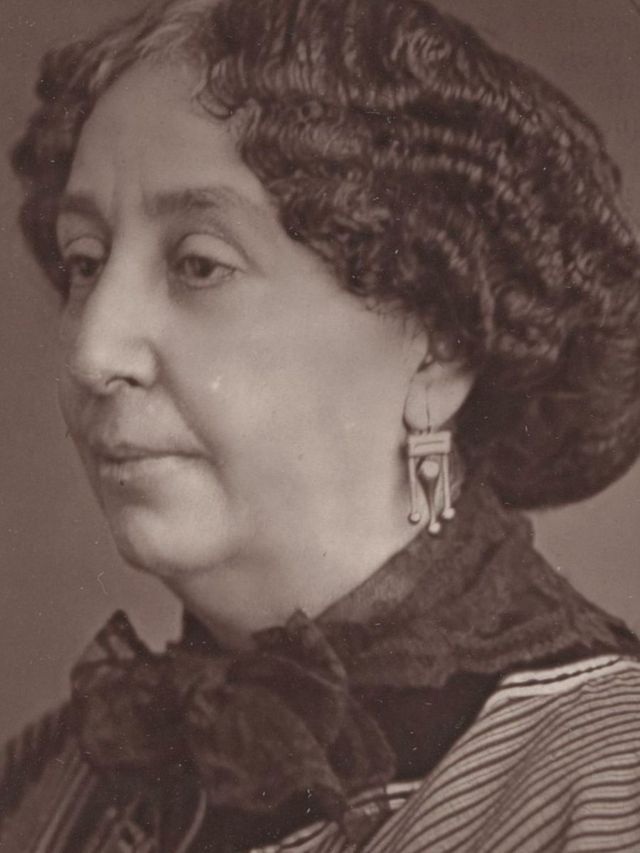 Detail | ©Anecdotrip.com / CC-BY-NC-SA
Detail | ©Anecdotrip.com / CC-BY-NC-SAA church of Berry
Those murals were made by anonymous monks from the powerful abbey of Déols, in the 12th century.
The church itself dates back to the 11th century.
Abandoned during the French Revolution, the church was transformed into a barn. It was pretty damaged, with pierced roof and peeling walls.
Just imagine, the hay piled up to the ceiling! Maybe they put here cows and pigs?
Behind the whitewash, the Romanesque frescos bided their time…
The discovering
Time came in 1849. The priest, Périgaud, removed one day a retable hiding the apse’s window.
He saw, among dust, a little plaster splinter in the wall. With colour below!
He started to scratch a little, and saw a face. Amazed, he went on and discovered an arm, a hand, another face…
No doubt: hidden under a big whitewash (5 coats), there were very old frescos… Our priest needed several months to remove the whitewash.
The church restoration began in 1930… Those works irremediably damaged the lower part of the paintings, unfortunately.
Romanesque frescos
They seem alive!
Murals used to cover the whole church. Those frescos were a good way to educate people, by images! Most of people were illiterate at that time.
We can see scenes from Jesus Christ’s life: his childhood, the Magus, the Passion, saint Martin’s life… scenes from Old and New Testament.
Jesus Christ's life is an ordinary theme in murals of Berry, Anjou, Touraine and Limousin.
But here, we feel a sensation of movement and energy.
Eyes are wide open in round faces, with coloured cheekbones. Lively characters!
Mushrooms and Latin
Little funny details: did you see those prophets holding banners, on the inner wall separating the choir from the nave?
We can see David, Davit propheta, and Moses Moysen descendit.
Sentences in rough Latin, showing the painter’s lack of education! Pretty strange, for a monk painter, isn’t it?
We also notice, in the scene of Jesus’ arrival in Jerusalem… big mushrooms!
Do you remember? We have the same mushroom in a fresco, in chapel of Plaincourault (Indre)!


